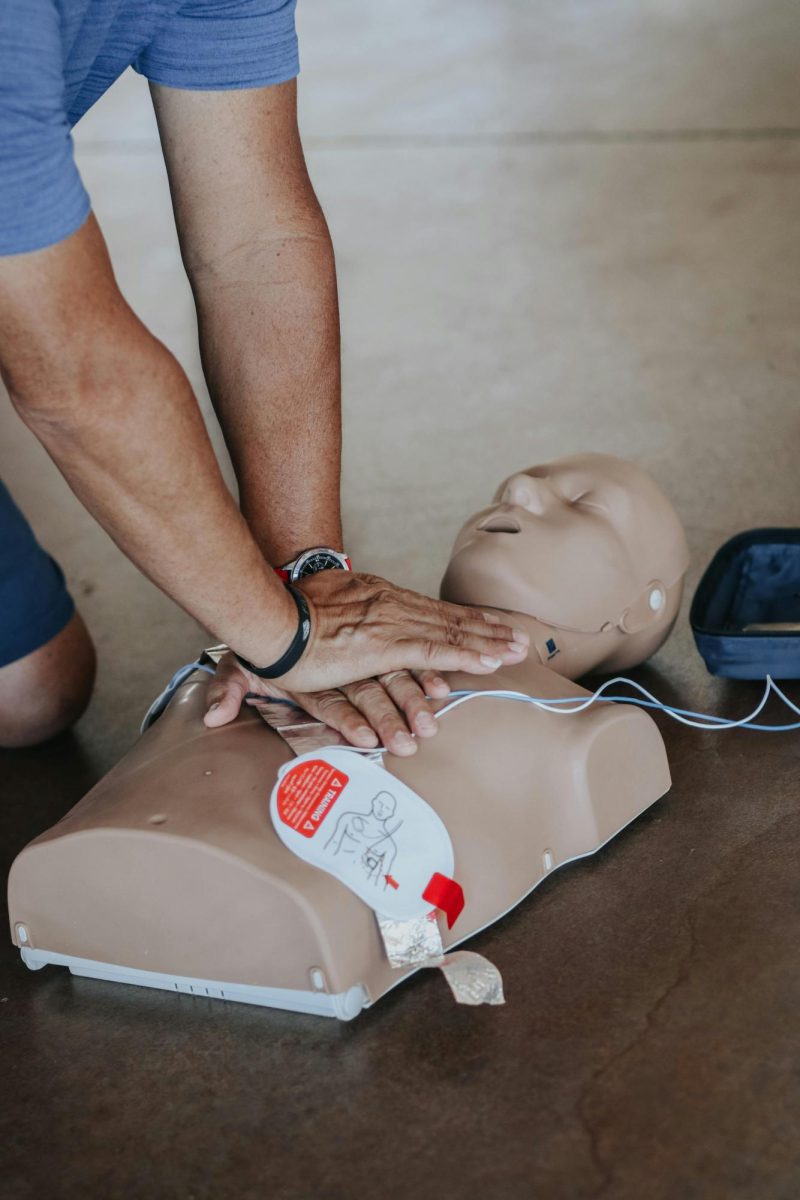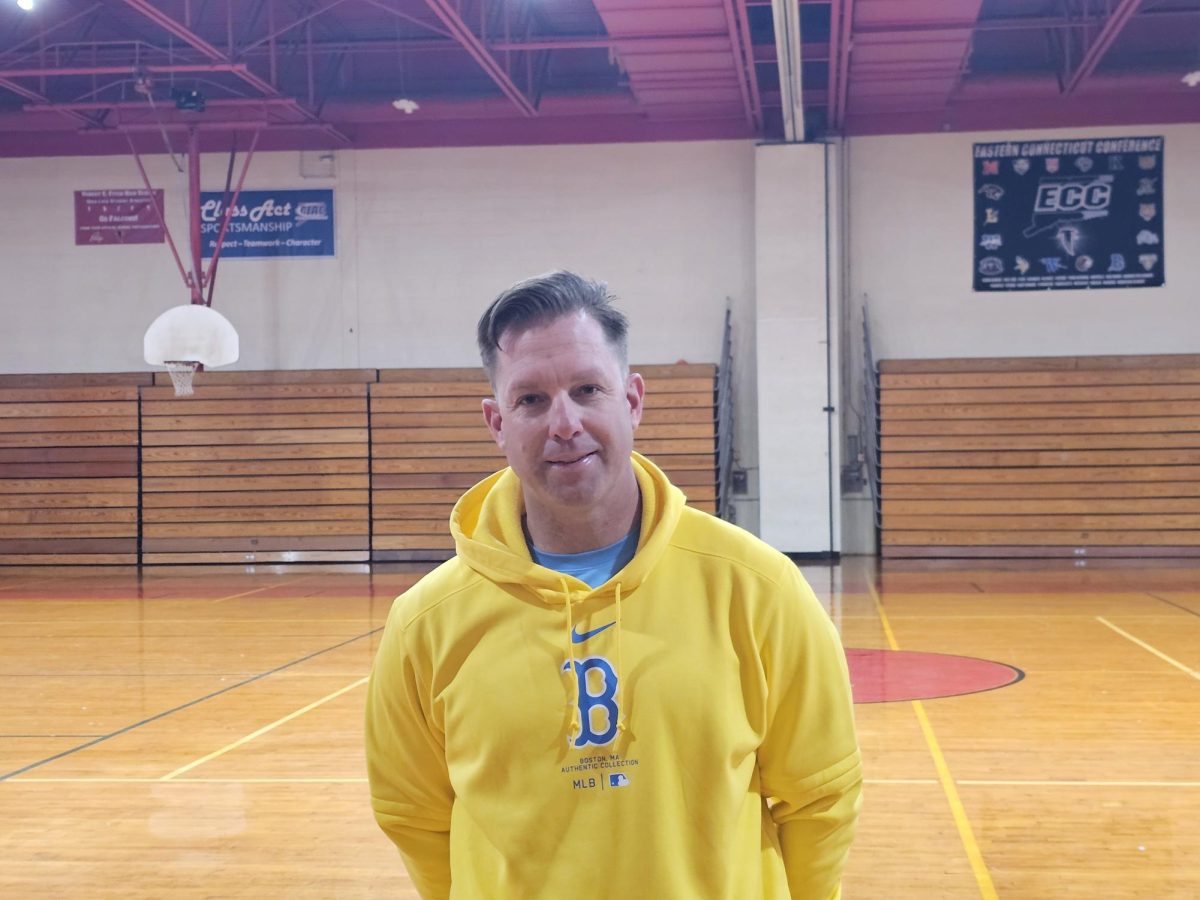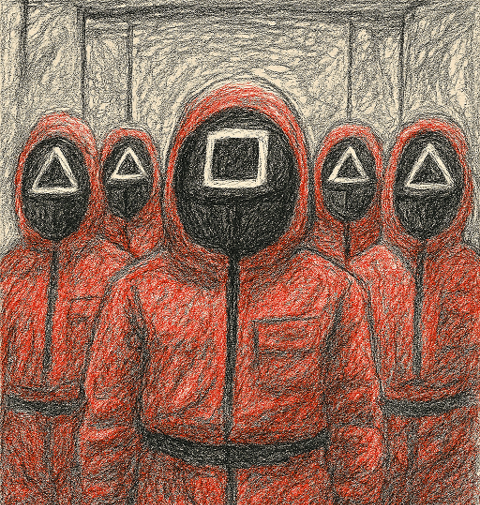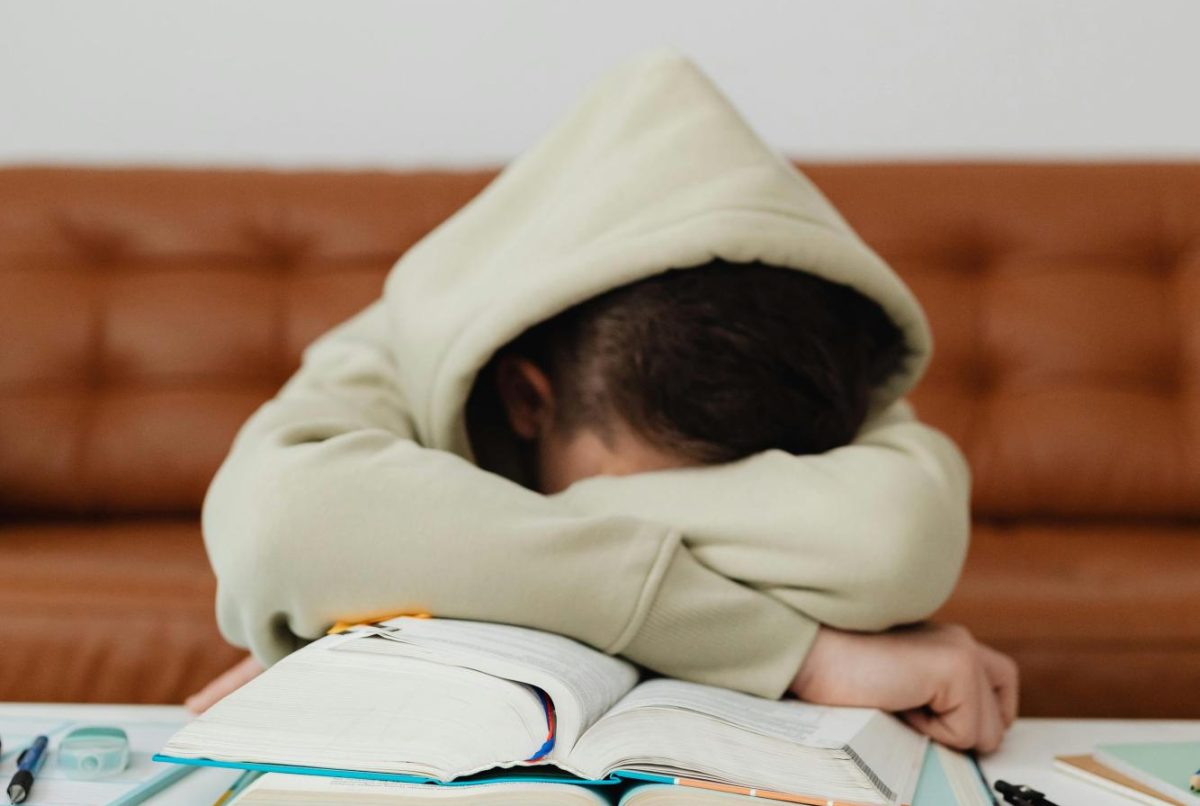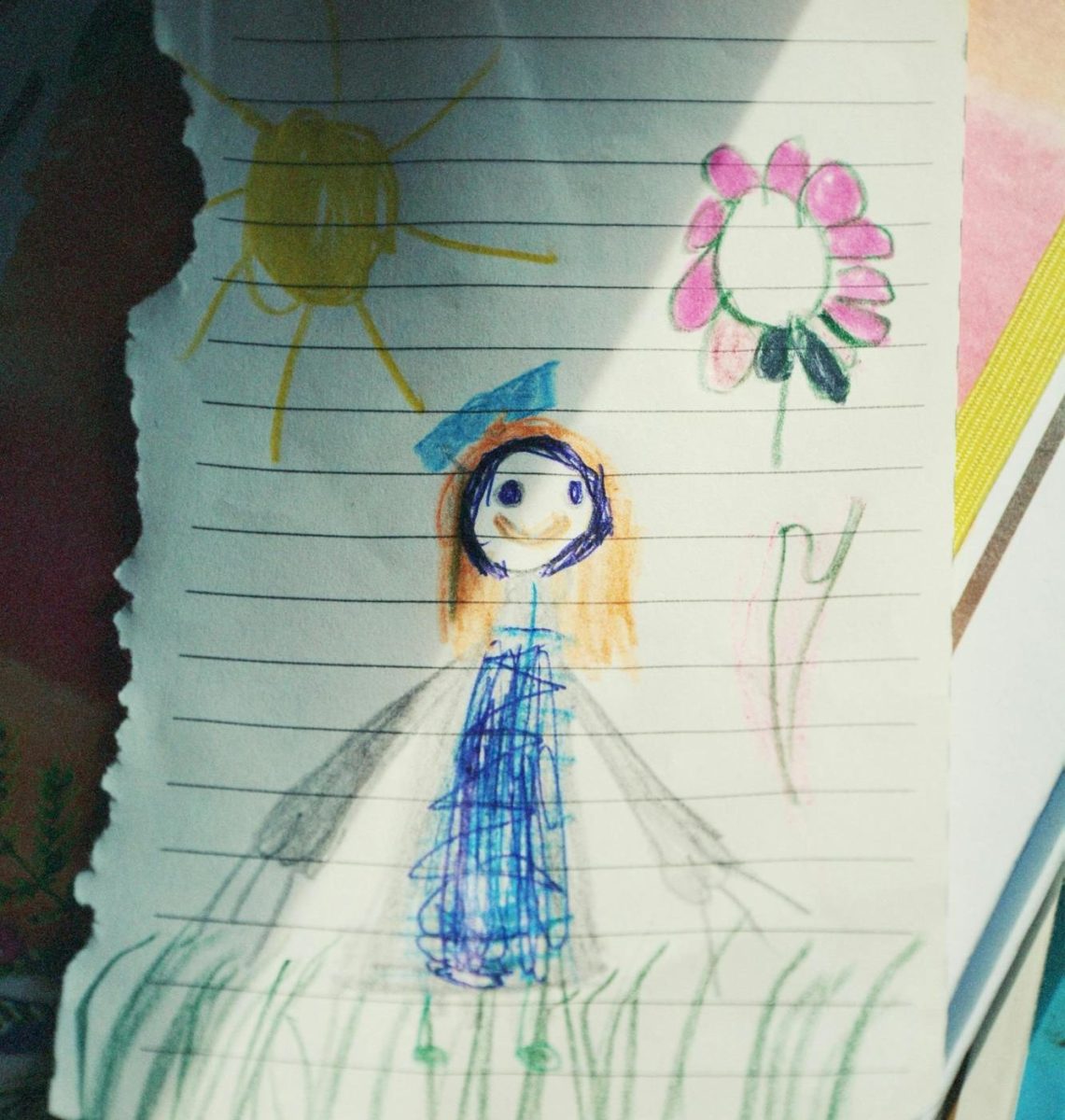The Frightening Spread of COVID-19
June 16, 2021
The rapidly spreading COVID-19 virus, which has claimed 177 million lives and counting, continues to haunt communities around the globe. Scientists who work in the disease field say they aren’t surprised by the outbreak. COVID-19 is an easily distributed virus that affects the respiratory system, and can be extremely dangerous to those with weakened immune systems.
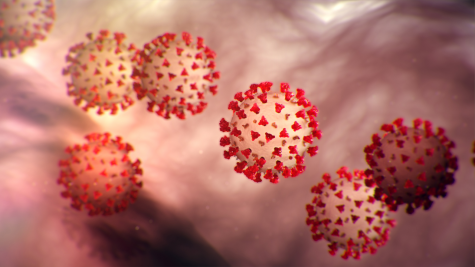
COVID-19 first appeared in Wuhan, China, with one theory suggesting it originated from a sick bat that was sold at a market. With recent speculation though, the case has been suggested to have arisen from a lab in Wuhan. A virus was being studied in a lab and somehow made its way out of the experimentation site. This strand of the coronavirus (SARS-CoV-2) causes an acute respiratory syndrome with mild to severe symptoms. The most common symptoms include fever, coughing, difficulty breathing, fatigue, aching, sore throat, and the loss of taste and smell.
Karen Rollins, a nurse at West Vine Street School in Pawcatuck, CT, tells me that, “At the beginning of the school year we were looking for a fever, but what we are finding is that a lot of kids who have Covid actually have more cold-like symptoms.” A person of any age can get the coronavirus, but elders are more likely to develop extreme effects. People with underlying health issues like lung problems, diabetes, weakened immune system, and other health problems are at increased risk for more serious symptoms, too. Rollins also says she sees, “…more asymptomatic, to more mild symptoms.” The asymptomatic cases are a main reason why the illness has been continuing to expand for so long. COVID-19 spreads from person to person through close contact, which means that most cases are spread through the air, not surfaces. If someone who is infected transmits respiratory droplets, those droplets can be inhaled through the nose and mouth, thereby infecting others in the vicinity.
Like most viruses, the coronavirus is a “shapeshifter.” Already there are two confirmed variants of COVID-19 and counting. British officials first identified a new variant in England, and a similar one in South Africa. Scientists are concerned about the new variants, but not surprised. The version in Britain is 70% more transmissible than the first and has around 20 mutations. One of those 20 mutations is being shared with South Africa’s variant. South Africa’s has actually been around much longer than previously thought. That variant has been noted in up to 90% of cases dating back to mid-November of 2020. As with other viruses, vaccines make it harder for it to sustain, so the coronavirus will try to mutate in order to continue surviving. To slow down the mutation process, it is estimated that at least 60% of the world needs to get the vaccine.
As with most people, the pandemic has shocked us here in Connecticut, but most scientists are not surprised. They have actually been expecting it. Currently there are an estimated 1.7 million undiscovered viruses that are circulating through wildlife. Those very viruses could be capable of killing 60-70% of infected people. Bats are thought to have relayed this present virus to mankind, which is why the scientists are not shocked by its sudden appearance and drastic spread. 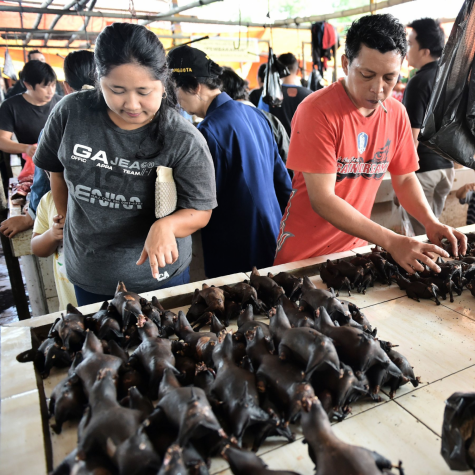 When a human consumes an ill animal, it can result in what we are experiencing now. Up to 75% of diseases are zoonotic (come from animals), so some scientists are calling for communities to start taking precautions to stop this. As Karen Rollins stated, “This is something that we can hopefully learn from in certain ways, for the future.” The main reason that animals are spreading this virus to humans is because so many of them live in proximity to human habitation. In fact, 31% of outbreak diseases are linked to deforestation. The message is clear: to keep humans safe, it is best if we first keep other species safe as well.
When a human consumes an ill animal, it can result in what we are experiencing now. Up to 75% of diseases are zoonotic (come from animals), so some scientists are calling for communities to start taking precautions to stop this. As Karen Rollins stated, “This is something that we can hopefully learn from in certain ways, for the future.” The main reason that animals are spreading this virus to humans is because so many of them live in proximity to human habitation. In fact, 31% of outbreak diseases are linked to deforestation. The message is clear: to keep humans safe, it is best if we first keep other species safe as well.
Right now, recommendations to prevent COVID-19 from spreading include staying six feet away from others, wearing a mask properly, washing your hands, avoiding indoor contact, isolating from others if they are sick, and cleaning your space regularly are all permitted. In schools within-person learning, according to Rollins, “Every child that steps into the building has a mask. All the kids are taught about six feet, not touching people, and no hugging.” Being extra careful during these times is very valuable. The COVID-19 pandemic is the worst pandemic this century so far. Covid will certainly recede because of the vaccines and natural immunity, but there is no chance of it disappearing. “I don’t think COVID-19 is going to go away. I think it is always gonna be here, but I feel pretty confident that it’s not gonna be as big of an issue in future as it has been. I think it’s gonna be something similar to a flu.” said Karen. The goal is to eventually control covid like influenza. The sooner as many people as possible get the vaccine, the sooner noramlity will start to reappear.
Image 1. Credit: https://www.cdc.gov/media/dpk/diseases-and-conditions/coronavirus/coronavirus-2020.html
Image 2. Credit:https://www.nytimes.com/2020/05/13/world/asia/coronavirus-bats-market-Indonesia.html

